
Energy Efficiency Showdown: LED Bedroom Lights vs. Incandescent – What Should You Choose?
Share
📌 Table of Contents
- What’s the difference between LED and incandescent bedroom lighting?
- Which lighting option is more energy-efficient for daily bedroom use?
- How much can I save on electricity bills by switching to LED lights?
- Are LED bulbs really safer and more durable than incandescent ones?
- Do LED bedroom lights offer better light quality and comfort?
- What’s the upfront cost difference, and is switching to LEDs worth it?
- Is it difficult to switch from incandescent to LED lighting in my bedroom?
1. What’s the difference between LED and incandescent bedroom lighting?
The core difference lies in how the bulbs generate light. Incandescent bulbs use a heated tungsten filament to produce a warm glow—simple and inexpensive but energy-wasteful. LED bulbs, or Light Emitting Diodes, pass an electric current through a semiconductor, creating light with minimal heat.
🔍 Expert Insight:
According to the U.S. Department of Energy, LED bulbs are up to 90% more efficient than incandescent ones and last 25 times longer.
💬 User Comment on HomeImprovementForum.com:
“I didn’t know there was such a tech gap until I switched. My LED bulbs stay cool and last way longer.”
2. Which lighting option is more energy-efficient for daily bedroom use?
Let’s look at the raw numbers:
| Bulb Type | Wattage for Equivalent Light | Average Lifespan | Energy Use (kWh/year) |
|---|---|---|---|
| Incandescent 60W | 60 watts | ~1,000 hours | ~219 kWh |
| LED 60W Equivalent | 8–10 watts | ~25,000 hours | ~36 kWh |
🔗 Source: Energy.gov - Lighting Choices Save You Money
LEDs clearly dominate when it comes to efficiency. They convert a greater portion of electricity into light rather than heat. That makes them ideal for bedrooms, where consistent use is common and ambient comfort is essential.
3. How much can I save on electricity bills by switching to LED lights?
Even a single room like your bedroom can reflect noticeable cost savings:
💡 Example Calculation:
- Using 3 lamps for 5 hours/day
- Incandescent bulbs: 60W x 3 = 180W daily
- LED bulbs: 9W x 3 = 27W daily
Monthly Cost (Average $0.15/kWh):
| Lighting Type | Monthly Cost | Annual Cost |
|---|---|---|
| Incandescent | ~$4.05 | ~$48.60 |
| LED | ~$0.61 | ~$7.32 |
💬 Redditor in r/Frugal shared:
“After switching all my bedroom bulbs to LED, my utility bill dropped by $5/month. Didn’t expect it to matter that much!”
Over time, this adds up significantly—especially across multiple rooms.
4. Are LED bulbs really safer and more durable than incandescent ones?
Absolutely. LEDs produce very little heat, reducing the risk of burns or fire hazards—particularly around fabrics and in homes with children or pets.
🔥 Safety Comparison:
| Feature | Incandescent | LED |
|---|---|---|
| Surface Temperature | 200–300°C | 30–60°C |
| Shock/Burst Risk | Higher (fragile glass) | Very low (solid-state) |
| Mercury Content | None | None |
👩👧 Parent Review on Amazon:
“We switched to LEDs after my toddler touched a hot bulb. Now I don’t have to worry—they stay cool even after hours.”
5. Do LED bedroom lights offer better light quality and comfort?
LED Candlelight Table Lamp with USB Charging Touch Night Light
LEDs now come in a wide range of color temperatures, from warm yellow (2700K) to cool white (5000K), making them ideal for setting a comfortable bedroom mood.
🌈 Color Temperature Guide:
| Mood/Use | Ideal LED Temp | Visual Feel |
|---|---|---|
| Relaxation / Sleep | 2700K–3000K | Soft, warm, cozy |
| Reading / Task Light | 3000K–4000K | Bright but calm |
| Wake-up Lighting | 5000K+ | Daylight alertness |
💬 Forum Quote from Houzz:
“I love how I can dim my warm-toned LEDs before bed—it’s like winding down in a luxury spa.”
Many LED bulbs also feature high CRI (Color Rendering Index) values, ensuring more natural skin tones and accurate colors in bedroom decor.
6. What’s the upfront cost difference, and is switching to LEDs worth it?
One of the main hesitations for many homeowners is the initial cost of LED bulbs. It’s true that a typical LED bulb can cost between $2 to $5, while incandescent bulbs often cost less than $1. But the real story lies in lifecycle cost.
💰 Cost Breakdown Over 10 Years (per bulb)
| Item | Incandescent | LED |
|---|---|---|
| Purchase Cost | $1 x 25 = $25 | 1 bulb x $3 = $3 |
| Energy Cost (10 yrs) | ~$48 | ~$7 |
| Total | ~$73 | ~$10 |
📊 Data Source: U.S. Department of Energy; Consumer Reports 2023
So while you pay more upfront for LEDs, they save $60+ per bulb over 10 years. That’s not just economical—it’s smart sustainability.
🗣️ Customer Story from Lowe’s Review Section:
“We replaced every bulb in our home with LEDs in one go. It was a bigger spend at first, but we’ve saved nearly $200 on our utility bills in the first year alone.”
7. Is it difficult to switch from incandescent to LED lighting in my bedroom?
Not at all. Most LED bulbs are designed to be drop-in replacements for standard incandescent sockets. However, here are a few tips to make the process seamless:
🛠️ Quick Compatibility Checklist
| Consideration | Details |
|---|---|
| Socket Type | Most LEDs use standard E26 bases—same as incandescents |
| Dimmer Compatibility | Use “dimmable LEDs” with compatible dimmer switches |
| Fixture Size | Check the bulb size (especially in enclosed or small lamp fixtures) |
| Color Temperature | Choose based on your preferred mood—warm white (2700K) is most popular |
💬 Helpful Feedback from a user on Quora:
“I was worried I’d have to rewire something, but my new LED bulbs screwed right in. No fuss at all, even in my 20-year-old lamp.”
You can also look for LED conversion kits if your ceiling fixtures or wall sconces are outdated. These are often plug-and-play, require no tools, and are DIY-friendly.
❓ Frequently Asked Questions (FAQs)
Q1: Do LEDs flicker or cause eye strain in bedrooms?
A: Modern LEDs are designed with flicker-free drivers. Choosing high-quality brands minimizes strain and ensures visual comfort.
Q2: Can I use LED lights with my current bedside lamp or ceiling fixture?
A: Yes, as long as the socket size matches (typically E26) and the fixture isn’t enclosed beyond the bulb’s heat tolerance rating.
Q3: How long do LED lights really last?
A: Most LED bulbs are rated for 25,000 hours—which equals over 10 years of daily use for 6 hours/day.
Q4: Are smart LEDs worth the upgrade?
A: If you enjoy dimming, color changes, or voice control via Alexa/Google Home, smart LEDs add both convenience and energy efficiency.
Q5: Can LED lights replicate the cozy warmth of incandescent bulbs?
A: Absolutely. Choose 2700K warm white bulbs with frosted finishes for that same golden glow.
✅ Conclusion: LED vs. Incandescent – The Smarter Choice for Bedrooms
LEDs clearly outshine incandescent bulbs in efficiency, longevity, safety, and long-term savings. While they may cost more initially, they more than make up for it through reduced power bills and fewer replacements. Plus, with advances in smart lighting, dimmable features, and mood customization, LEDs offer a better experience across every metric that matters in the bedroom.
If comfort, cost-efficiency, and sustainability are on your checklist—LED bedroom lights are the obvious choice.
Related Articles:

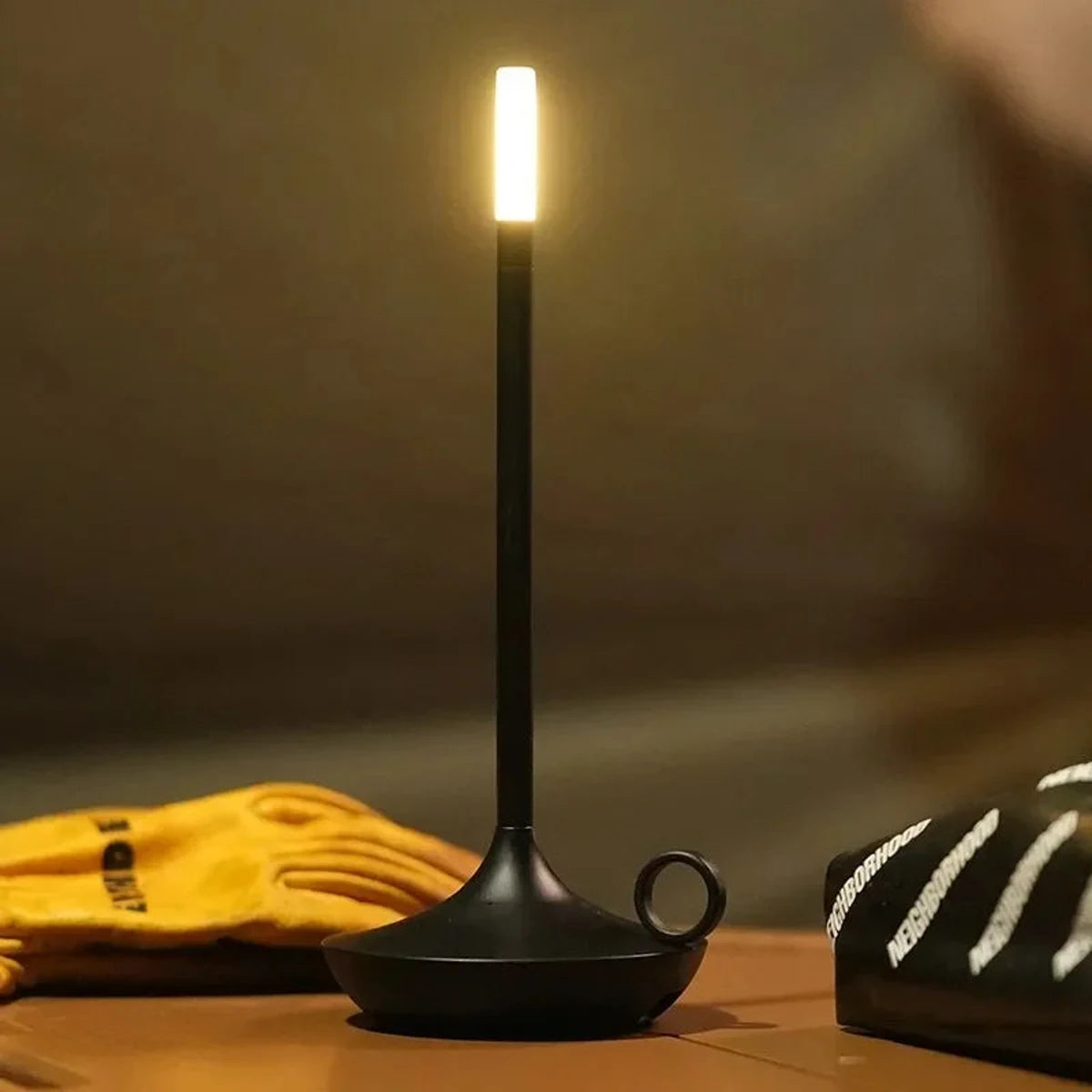

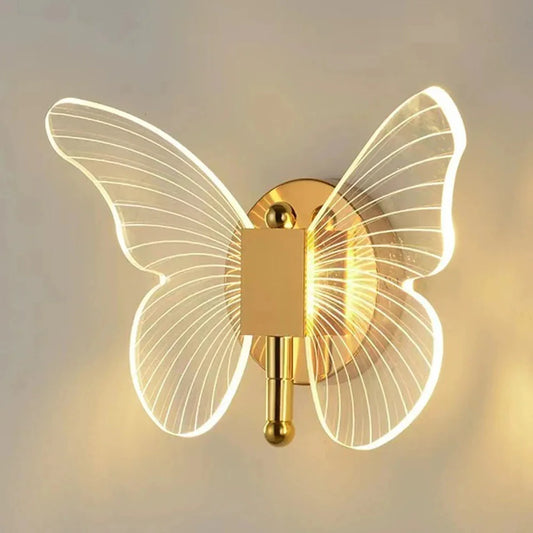

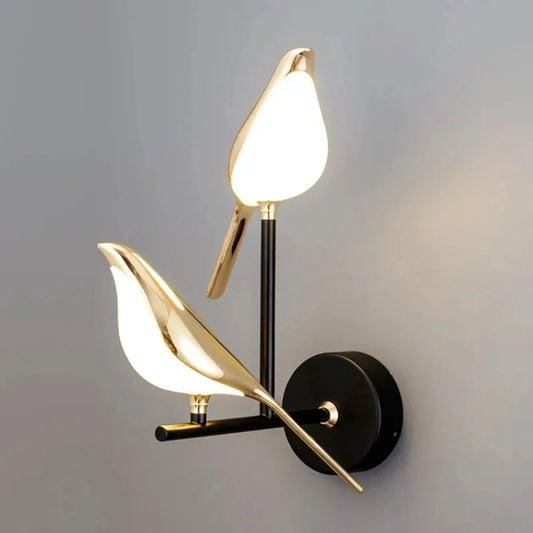

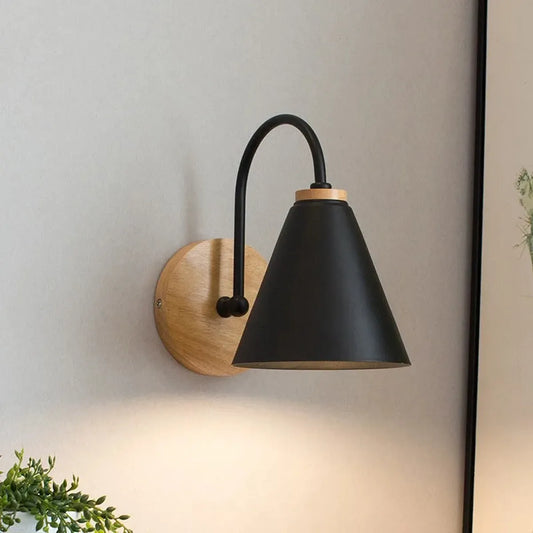

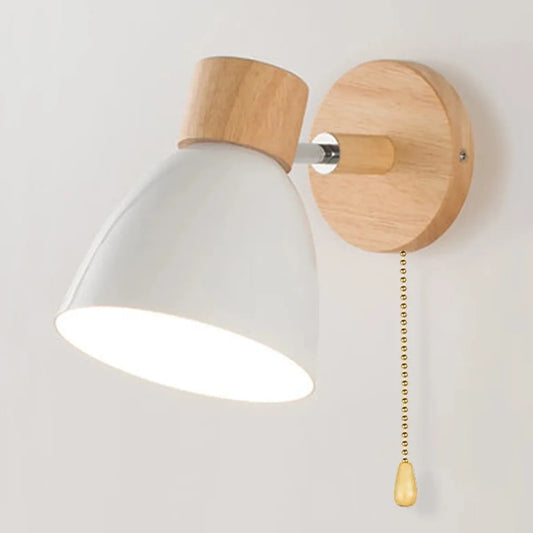



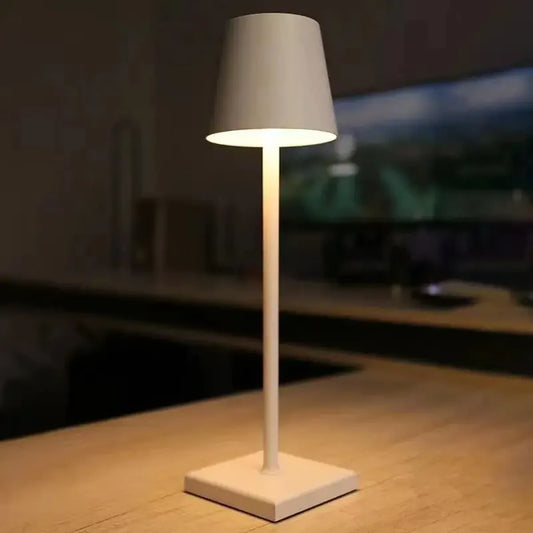

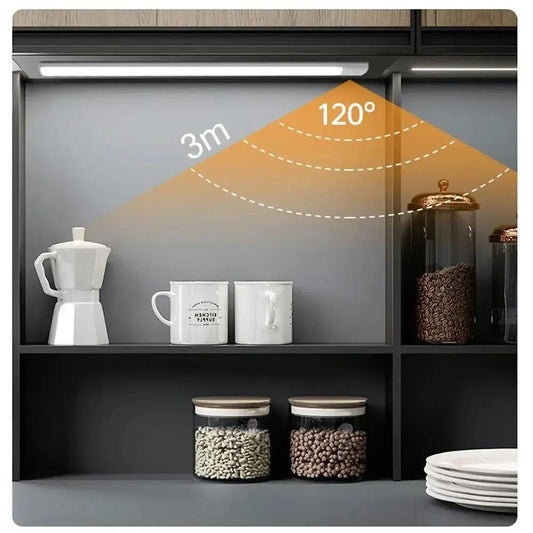

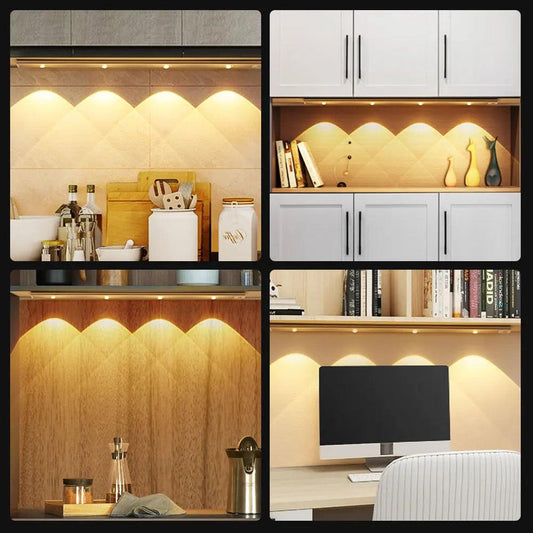

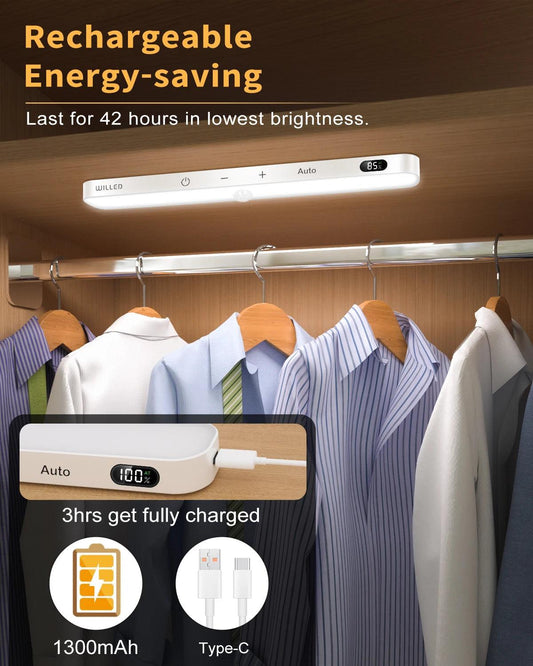

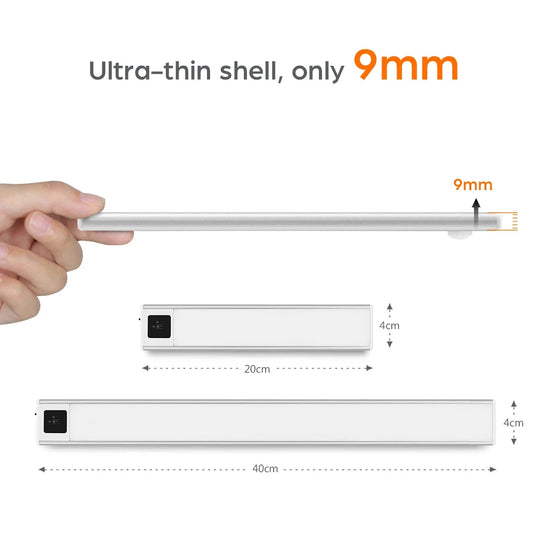

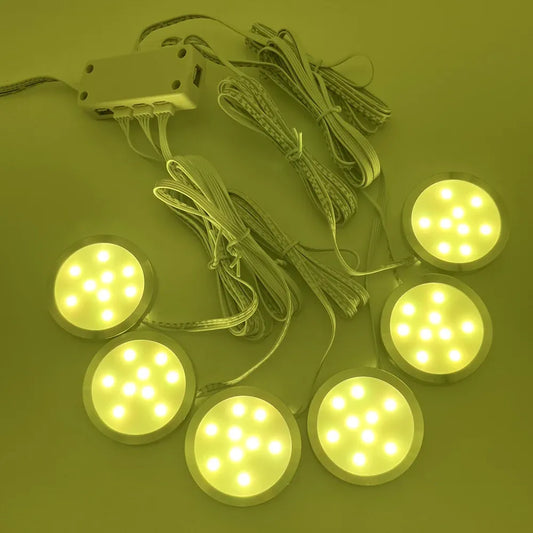

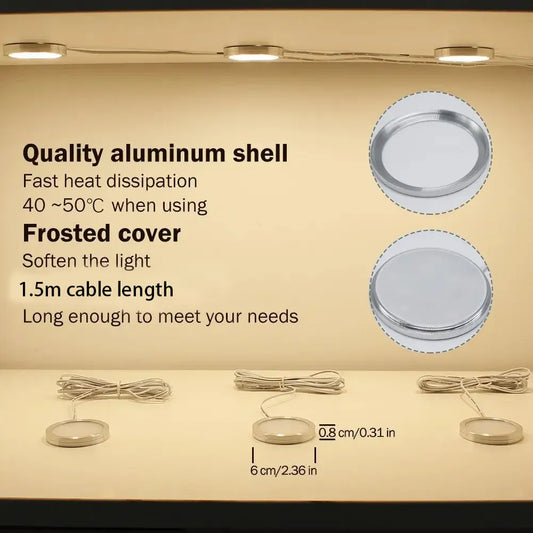



 />
/>
 />
/>
 />
/>
 />
/>
 />
/>